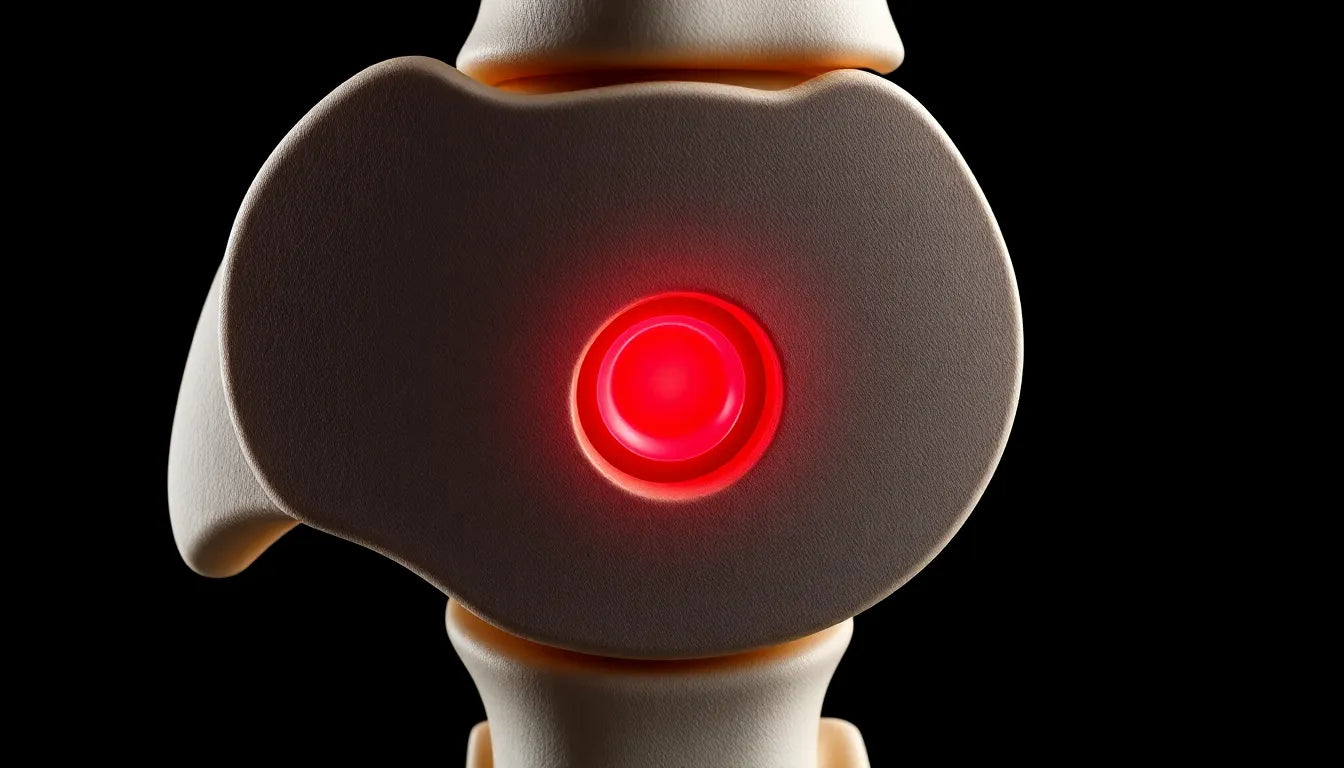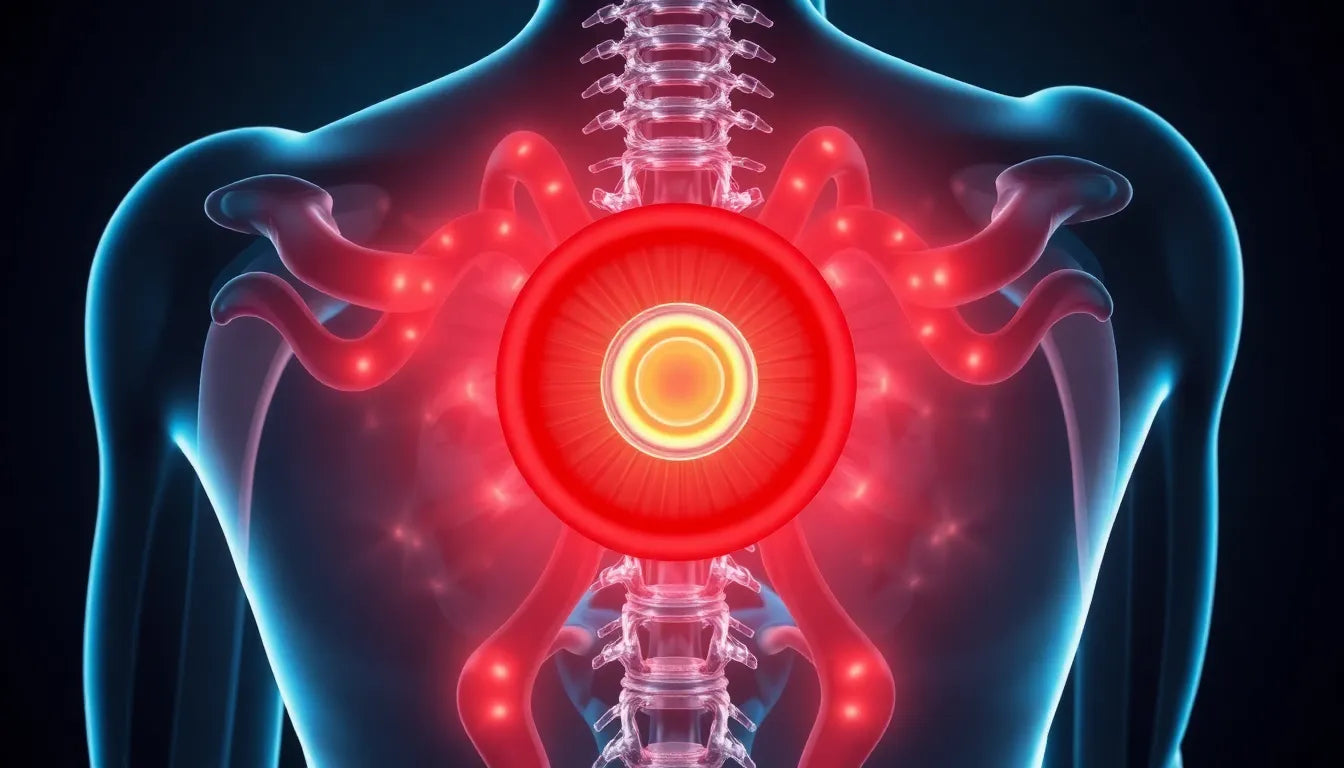Understanding the principles of ergonomics is essential for anyone involved in tasks that require transferring loads, whether it be in healthcare settings or industrial environments. Ergonomics is the science of designing tasks and work environments to fit the worker, with the goal of maximizing efficiency and minimizing the risk of injury. In the context of transfers, this means tailoring movements and techniques to the capabilities of both the worker and the load, whether it’s a patient or a piece of equipment.
the importance of ergonomics in transfer tasks
Ergonomics plays a critical role in ensuring safety and efficiency during transfer tasks. In healthcare, for example, the safe movement of patients is paramount not only for the well-being of the patient but also to protect healthcare workers from injury. Similarly, in industrial settings, the ergonomic transfer of materials can significantly enhance productivity while reducing the risk of workplace injuries. Mastering ergonomic transfers can lead to dual benefits: improved safety for all parties involved and increased operational efficiency.
challenges in transfer techniques
Despite the clear benefits, manual transfers often present significant challenges. Common issues include physical strain on workers, the risk of injury, and inefficiencies in the movement process. These challenges can lead to long-term health problems for workers and reduced productivity for organizations. However, by applying ergonomic principles, many of these challenges can be effectively addressed.
Ergonomic principles focus on optimizing the interaction between the worker and their environment. This includes the use of assistive devices to reduce physical burden, proper preparation and planning before a transfer, and customizing techniques to suit the specific situation. By addressing these areas, ergonomic strategies can help overcome the common obstacles faced in transfer tasks, ultimately leading to safer and more efficient work practices.
essential ergonomic transfer techniques
To truly master ergonomic transfers, one must delve into the specifics of the techniques that enhance safety and efficiency. A cornerstone of ergonomic transfers is the use of assistive devices. These tools, such as sliding boards, transfer belts, and mechanical lifts, are designed to significantly reduce the physical burden on workers. By leveraging these devices, the risk of injury is minimized for both the handler and the patient or load. This not only enhances safety but also increases the efficiency of transfers, allowing tasks to be completed more quickly and with less strain.
the role of assistive devices
Assistive devices are integral to ergonomic transfer techniques. Sliding boards, for instance, facilitate smooth transitions between surfaces, reducing friction and effort. Transfer belts provide additional support and security, particularly in healthcare settings where patient stability is crucial. Mechanical lifts are invaluable for heavier loads, offering a mechanical advantage that protects workers from overexertion. The use of these devices underscores the importance of adapting tools to fit the task and the worker, a fundamental principle of ergonomics.
pre-transfer preparation
Preparation is another critical element in ergonomic transfers. Before any transfer, a thorough pre-transfer checklist should be completed. This includes locking brakes on beds or wheelchairs, adjusting the height of beds or surfaces to minimize lifting, and ensuring clear communication with all parties involved. These steps are vital in setting the stage for a safe and efficient transfer. Proper preparation not only prevents accidents but also streamlines the process, reducing time and effort.
individualizing transfer techniques
Each transfer scenario is unique, and techniques should be customized to fit the specific circumstances. Factors such as the characteristics of the patient or load, the distance and height between surfaces, and the number of staff available all influence the approach. Involving the patient in their own transfer, when possible, can support their independence and reduce the staff's physical burden. This individualized approach ensures that transfers are both safe and effective, tailored to the needs of the situation.
importance of training and organizational support
While individual techniques are crucial, the broader context of training and organizational support cannot be overlooked. Regular training programs are essential to ensure that staff are well-versed in ergonomic practices. These programs should cover the latest techniques and encourage continuous learning. Moreover, organizational commitment is key. Providing necessary ergonomic equipment and fostering a culture of safety are foundational to successful implementation.
Consider a case study from a healthcare setting where ergonomic practices were successfully implemented. By investing in training and equipment, and promoting a safety-first culture, the organization saw a significant reduction in workplace injuries and an increase in staff satisfaction. This example highlights the transformative impact that a comprehensive approach to ergonomics can have, benefiting both employees and the organization as a whole.
customizing ergonomic transfers for different environments
Ergonomic transfer techniques can be adapted to suit various environments, each with its own unique set of challenges and requirements. In healthcare settings, the focus is primarily on safe patient handling. This involves minimizing manual lifting and ensuring that all movements are supported by teamwork and appropriate assistive devices. The goal is to protect both patients and healthcare workers from injury while maintaining a high standard of care.
In industrial and workplace environments, the emphasis shifts towards the use of equipment and workflow design. Here, ergonomic transfers involve assessing potential hazards and designing workflows that minimize risks. This might include the strategic placement of materials to reduce unnecessary movements or the use of mechanical aids to handle heavy loads safely. Regular hazard assessments are crucial in maintaining a safe working environment.
Office settings present a different set of challenges, with a focus on workstation adjustments and posture. Ergonomic principles in this context involve setting up workstations that support good posture and reduce strain. This might include adjustable chairs and desks, as well as computer monitors positioned at eye level to prevent neck strain. These adjustments help to create a more comfortable and productive work environment.
conclusion: the path to safer and more efficient transfers
Mastering ergonomic transfer techniques is vital for enhancing safety and efficiency across various settings. By understanding and applying ergonomic principles, individuals and organizations can significantly reduce the risk of injury and improve productivity. Continuous learning and adaptation are key, as ergonomic practices must evolve to meet the changing needs of both workers and environments. Organizations that invest in training, equipment, and a culture of safety will find themselves well-positioned to reap the benefits of ergonomic transfers.
frequently asked questions
What is the main goal of ergonomic transfer techniques?
The primary objective of ergonomic transfer techniques is to maximize safety and efficiency by adapting tasks to the worker's capabilities, thereby reducing the risk of injury and improving productivity.
How can organizations support ergonomic transfers?
Organizations can support ergonomic transfers by providing regular training, investing in appropriate equipment, and fostering a culture of safety. This includes conducting regular assessments and updates to ergonomic practices.
What are the common tools used in ergonomic transfers?
Common tools used in ergonomic transfers include sliding boards, transfer belts, and mechanical lifts. These devices help reduce physical strain and enhance the safety of both the handler and the load.
How often should ergonomic assessments be conducted?
Ergonomic assessments should be conducted regularly to ensure that practices remain effective and safe. The frequency may vary depending on the specific environment and any changes in tasks or equipment.
Can patients participate in their own transfers?
Yes, involving patients in their own transfers can support their independence and reduce the physical burden on staff. Encouraging patient participation is a key component of individualized ergonomic transfer techniques.
Sources
- NCBI Bookshelf (StatPearls). "Ergonomics in Clinical Practice and Transfer Technique."
- Physiopedia. "Practical Transfer Ergonomics and Empowerment."
- ActivePosture. "Workplace Health & Safety Solutions for Business and Employees."
- Yale EHS. "Safety Training: Risk and Prevention Documentation."
- OSHA. "Regulatory and Preventive Approach: Systematic Ergonomics Programs."


















